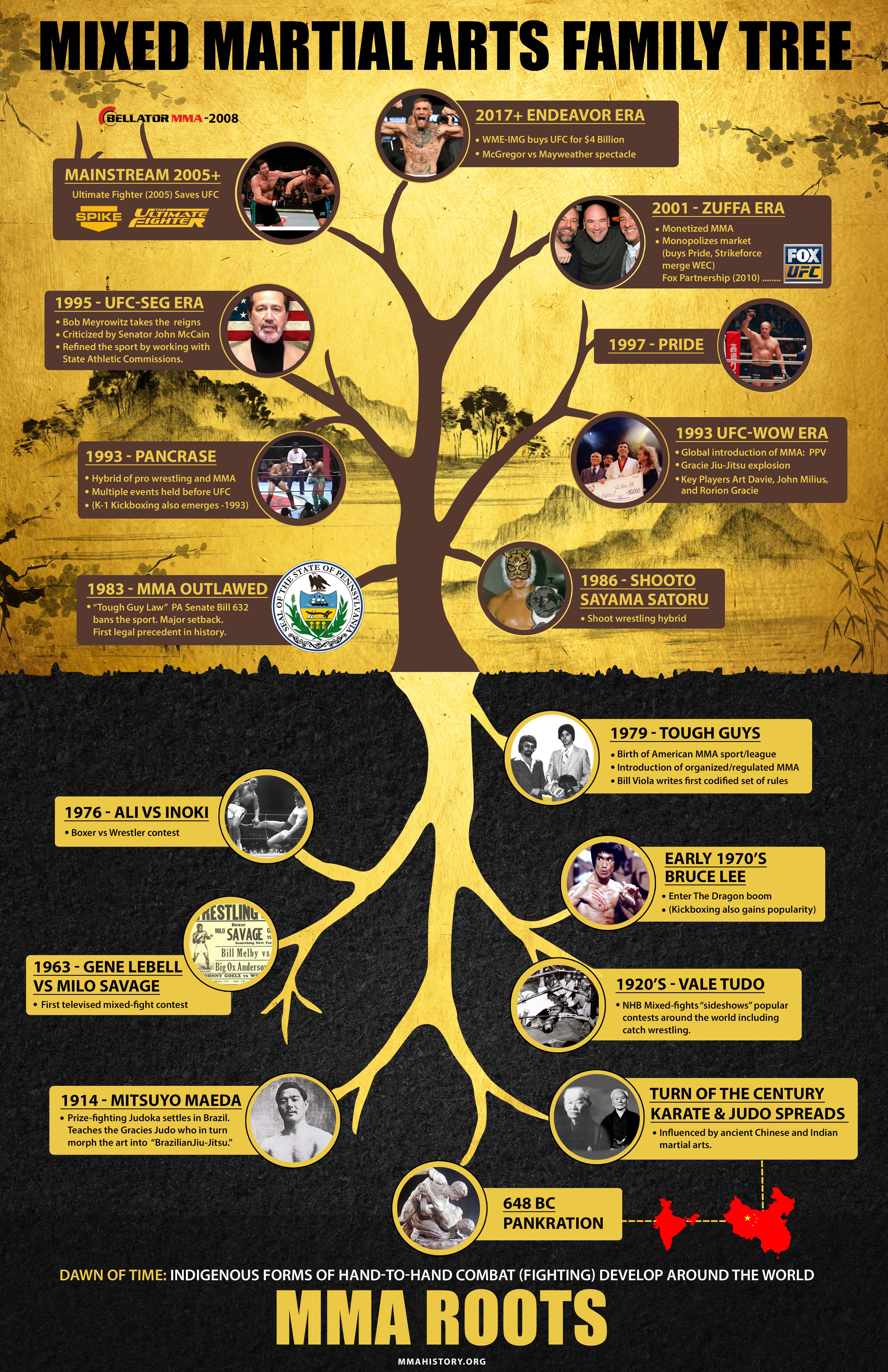A Relative Research Study Of Typical Martial Arts And Modern Fight Sports: Highlighting The Vital Differences
A Relative Research Study Of Typical Martial Arts And Modern Fight Sports: Highlighting The Vital Differences
Blog Article
Post Composed By- best martial arts
When you think about martial arts, do you lean a lot more toward the typical practices or the modern combat sporting activities? Each course uses distinct benefits and experiences, formed by their philosophies and training methods. Conventional martial arts stress personal growth and self-control, while modern-day fight sporting activities focus on competition and performance. Comprehending these differences can lead you in selecting the appropriate approach for your journey. But how do these distinctions manifest in training and ideology?
The Ideology and History Behind Conventional Martial arts
While many people connect martial arts with physical battle, the viewpoint and history behind conventional martial arts run much deeper. You'll find that these techniques stress personal development, technique, and regard.
Stemming from ancient practices, standard martial arts were typically established for Self-Defense and spiritual growth. They symbolize principles such as balance, consistency, and self-discipline, guiding professionals past plain combating skills.
As you train, you'll not only find out techniques yet likewise get understandings into the culture and values that formed these arts. The routines and practices, typically passed down with generations, promote a sense of area and belonging.
The Competitive Nature of Modern Combat Sports
Modern battle sports have actually changed the landscape of martial arts right into a highly competitive field, where athletes face off in an examination of skill, technique, and endurance.
You'll notice that competitions are frequently organized with stringent guidelines and regulations, guaranteeing fair play and safety and security. These events draw in big audiences, fueling the excitement and intensity of matchups.
Professional athletes educate carefully, not just for physical prowess yet additionally for psychological sturdiness, knowing that every information counts in the ring. The adrenaline rush throughout competitors is palpable, as fighters press their limits to claim triumph.
Followers value the athleticism and creativity involved, making modern battle sports a thrilling phenomenon that continues to evolve and mesmerize lovers around the globe.
Training Techniques and Methods: A Relative Analysis
The competitive environment of modern-day battle sports needs ingenious training methods that differ considerably from typical martial arts.
In contemporary training, you'll concentrate on particular strategies, sparring, and conditioning, usually utilizing drills that imitate real battle circumstances. You'll see an emphasis on measurable efficiency and constant competition to examine your abilities.
On the other hand, standard martial arts focus on kinds, katas, and thoughtful mentors, commonly highlighting self-control and regard over competition.
Training is typically less extreme and may entail repetitive technique as opposed to real-time sparring.
While both methods build skill and health and fitness, contemporary fight sporting activities provide a more dynamic and versatile training setting, preparing you for immediate difficulties in the ring or cage.
Select the path that aligns with your objectives and rate of interests.
Conclusion
In choosing in between standard martial arts and modern-day fight sports, it really comes down to what you value the majority of. If kickboxing near me trying to find individual growth, technique, and a sense of community, traditional arts may be your best fit. However if you thrive on competitors and real-time challenges, modern-day battle sporting activities could be the means to go. Ultimately, both paths supply special advantages, so it's everything about aligning your training with your personal objectives and passions.
